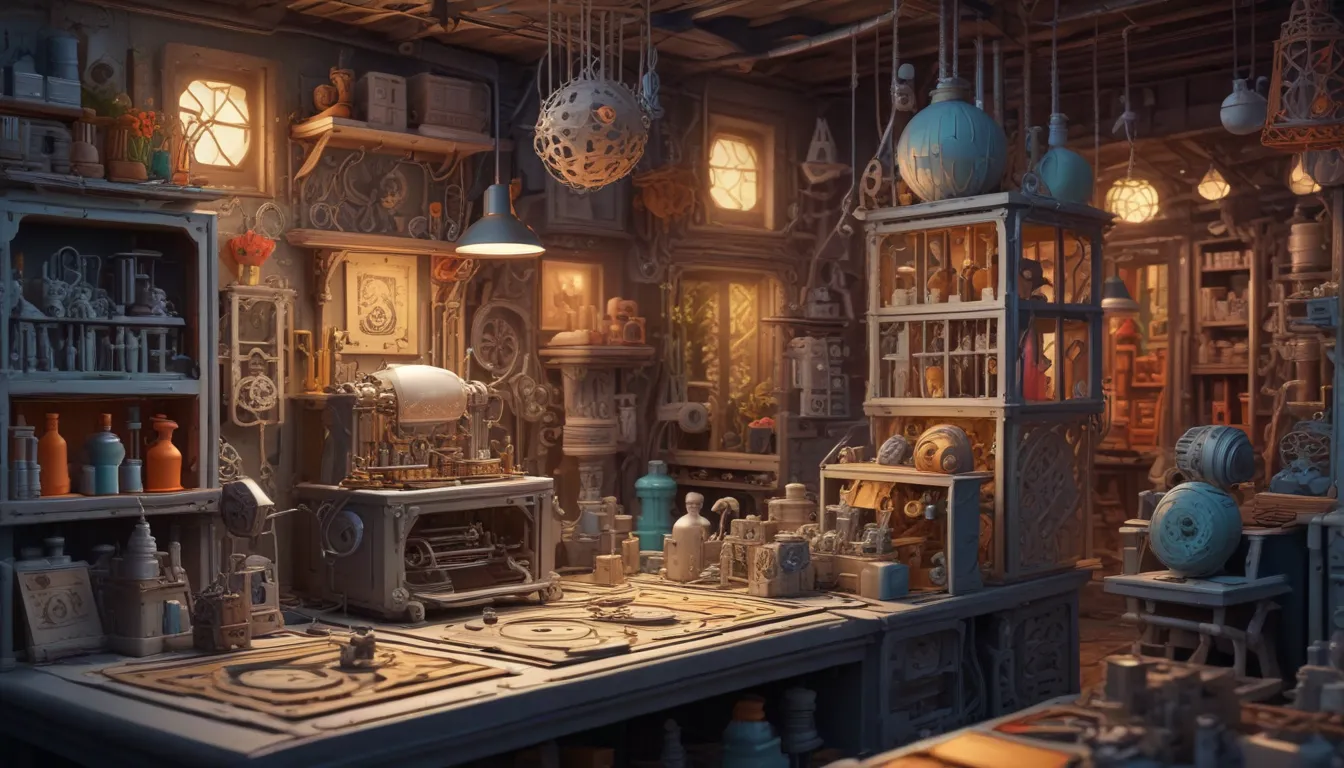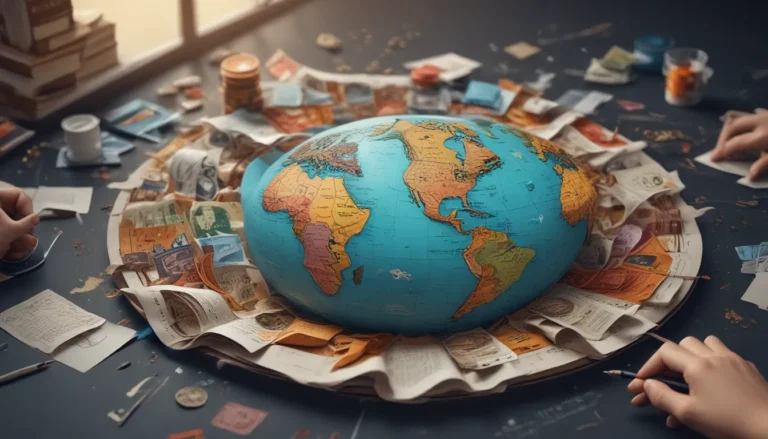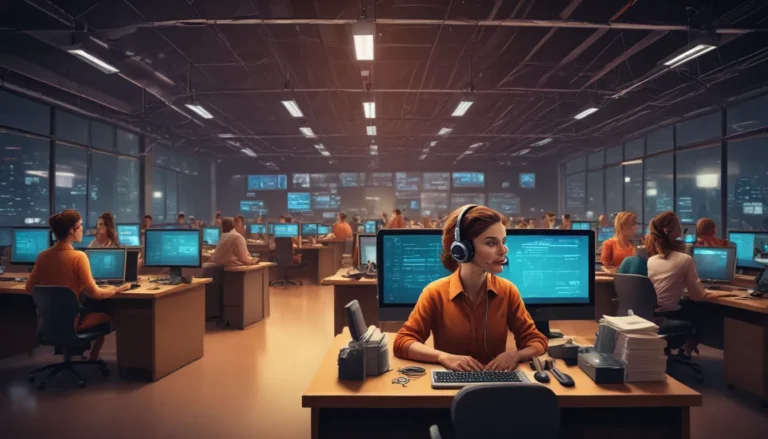A Note About Images: The images used in our articles are for illustration purposes only and may not exactly match the content. They are meant to engage readers, but the text should be relied upon for accurate information.
In today’s ever-evolving technological landscape, 3D printing stands out as a revolutionary force, reshaping the way we create and innovate. From intricate prototypes to personalized products, this cutting-edge technology, also known as additive manufacturing, has captured widespread attention for its transformative capabilities across industries. In this comprehensive guide, we will delve into 19 captivating facts about 3D printers, unveiling their remarkable applications, historical roots, and future possibilities. Join us on a fascinating journey as we uncover the mysteries and marvels of 3D printing, shedding light on its profound influence on modern innovation and production.
Key Takeaways:
- Advancements in 3D printing: Revolutionizing manufacturing, design, and sustainability practices.
- Diverse applications: From healthcare to fashion, inspiring innovation and limitless creativity.
The Evolution of 3D Printing: A Brief History
Since its inception in the 1980s, 3D printing has steadily gained momentum as a groundbreaking technology that has transformed manufacturing and prototyping processes. What started as a novel concept has now evolved into a versatile tool with the potential to revolutionize various industries.
Unlocking Complexity with 3D Printing Technology
Utilizing additive manufacturing techniques, 3D printers have the remarkable ability to create intricate and complex geometries that traditional manufacturing methods may struggle to replicate. This unique feature opens up a world of possibilities for designers, engineers, and innovators to explore new horizons in product development.
Rapid Prototyping: A Game-Changer in Design and Development
One of the key advantages of 3D printing is its ability to facilitate rapid prototyping, allowing designers and engineers to quickly iterate and test their concepts before finalizing production. This streamlined process accelerates innovation and enhances the efficiency of bringing ideas to life.
Versatility in Material Options: From Plastics to Metals
The flexibility of 3D printing extends to the wide range of materials it can utilize, including plastics, metals, ceramics, and even biomaterials. This diverse selection of materials enables endless possibilities for creating innovative and customized solutions across industries.
Customization Redefined: Personalized Products with Precision
With 3D printing, the boundaries of customization are limitless, empowering the creation of personalized products tailored to specific requirements and preferences. This level of customization revolutionizes traditional manufacturing practices and enables unparalleled flexibility in product design.
Sustainability at the Core: Reducing Waste, Driving Innovation
By minimizing material waste and energy consumption, 3D printing aligns with sustainable manufacturing practices, contributing to environmental conservation efforts. This commitment to sustainability underscores the transformative impact of 3D printing technology on the production landscape.
Application Across Industries: From Aerospace to Healthcare
In the aerospace industry, 3D printing plays a vital role in manufacturing lightweight components, intricate parts, and complex structures that enhance efficiency and performance. Similarly, in healthcare, this technology enables personalized solutions, patient-specific medical devices, and advancements in treatment.
Inspiring Creativity: Transforming Education and Design
From educational settings to the world of art and design, 3D printing serves as a valuable tool for enhancing STEM learning experiences and pushing the boundaries of creativity. Artists, designers, and educators alike embrace this technology to materialize innovative ideas and explore new possibilities.
Paving the Way for Innovation: Entrepreneurship and Culinary Arts
Entrepreneurs and startups leverage 3D printing to realize product concepts, streamline prototyping, and establish cost-effective manufacturing processes. In the culinary world, innovative chefs and culinary experts are exploring 3D printing to craft intricate food designs, personalized confectionery, and novel gastronomic experiences.
Embracing the Future: Shaping Production and Design
As 3D printing continues to evolve, it is poised to redefine the landscape of production by offering unparalleled flexibility, efficiency, and innovation. This transformative technology inspires boundless creativity and empowers individuals and industries to explore new frontiers in product development and design.
Conclusion: The Future of 3D Printing
In conclusion, the captivating world of 3D printing holds immense potential to reshape industries, drive innovation, and inspire creativity on a global scale. From its historical roots to its current applications and future possibilities, this transformative technology continues to push the boundaries of what is possible. As we embrace the possibilities of 3D printing, we embark on a transformative journey towards a future where innovation knows no bounds.
We hope this guide has provided valuable insights into the fascinating world of 3D printing. Whether you are a seasoned professional or an aspiring enthusiast, exploring the diverse applications and transformative potential of this technology can inspire you to push the boundaries of creativity and innovation. As we look towards the future, the impact of 3D printing on manufacturing, design, and sustainability will undoubtedly continue to shape our world in remarkable ways. Join us in unlocking the endless possibilities of 3D printing and embark on a journey towards a future where innovation knows no bounds.






